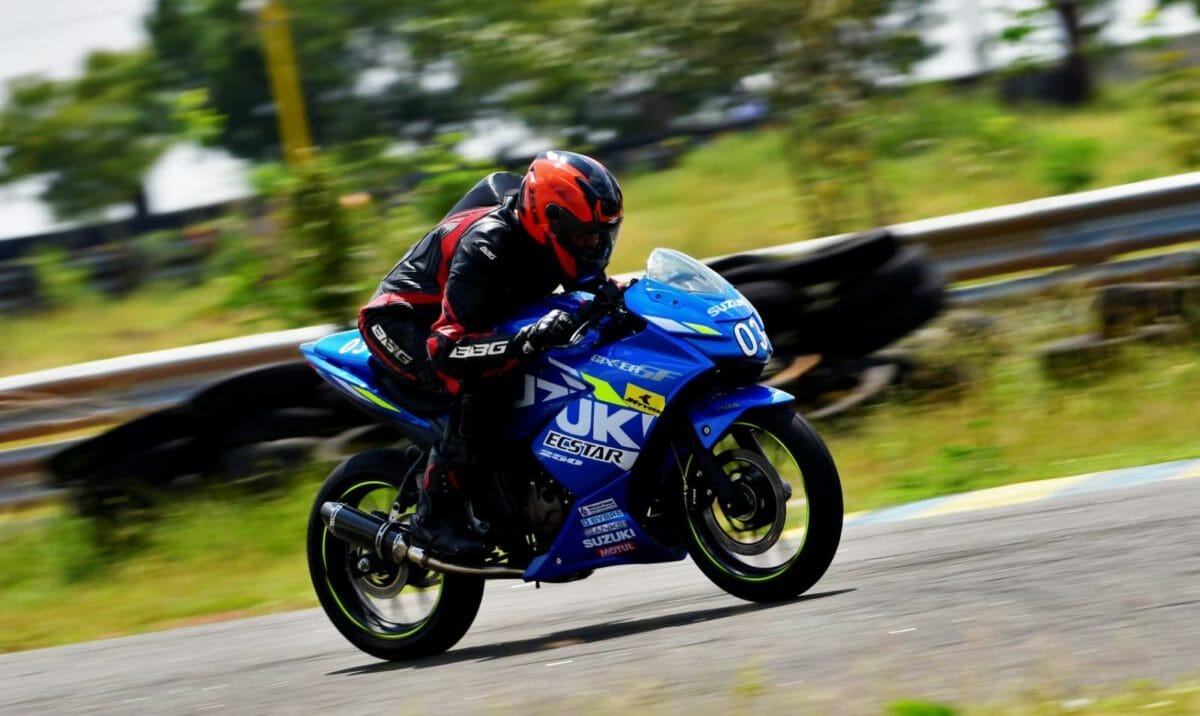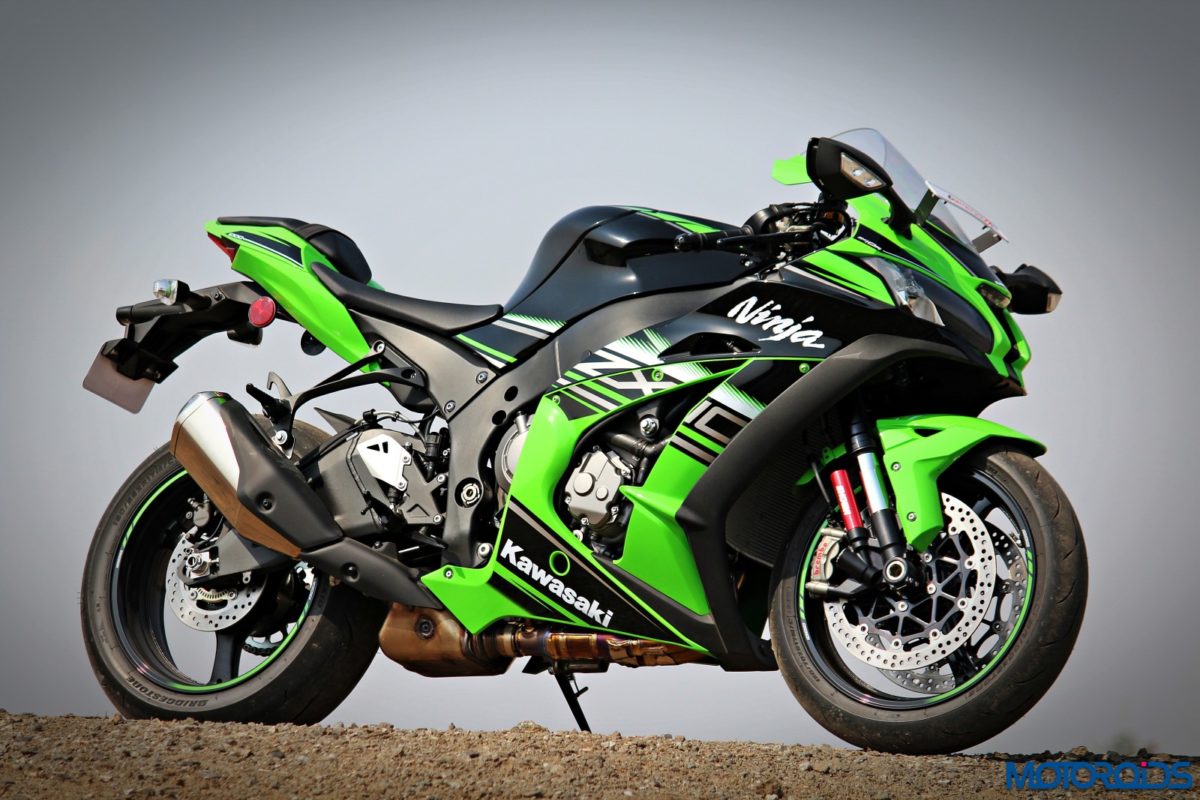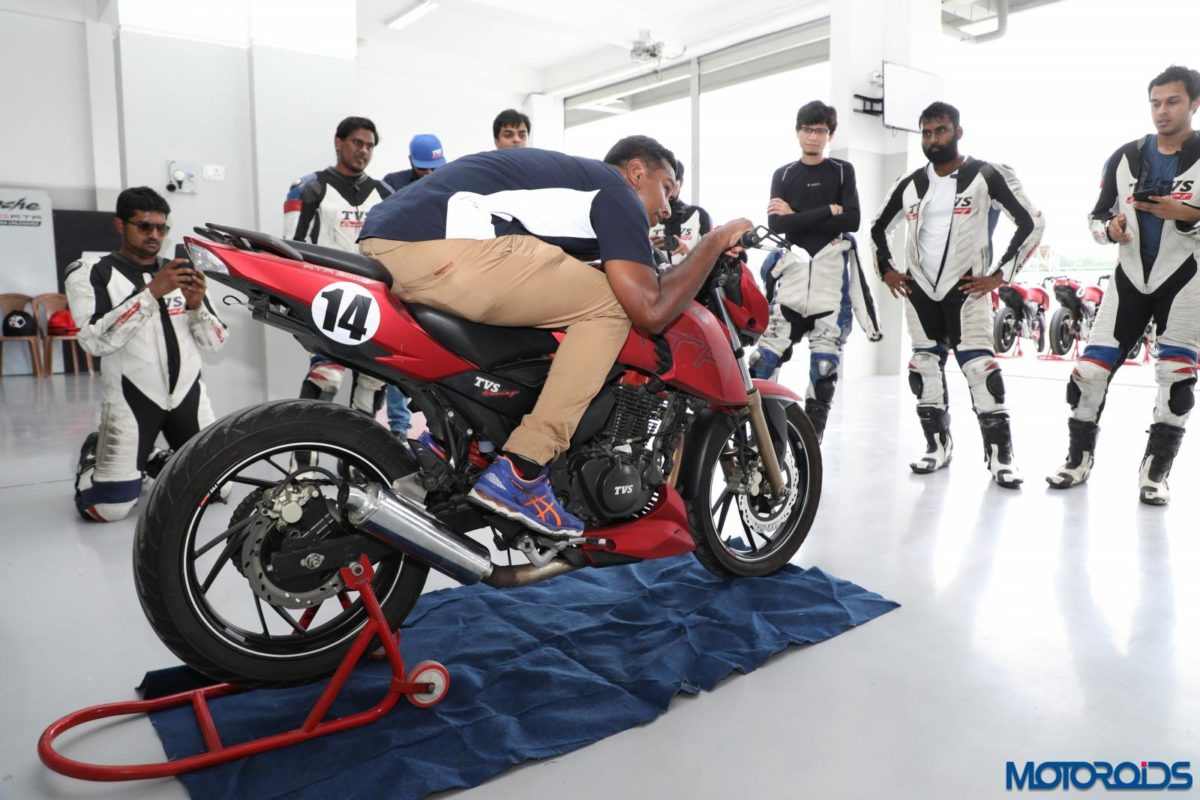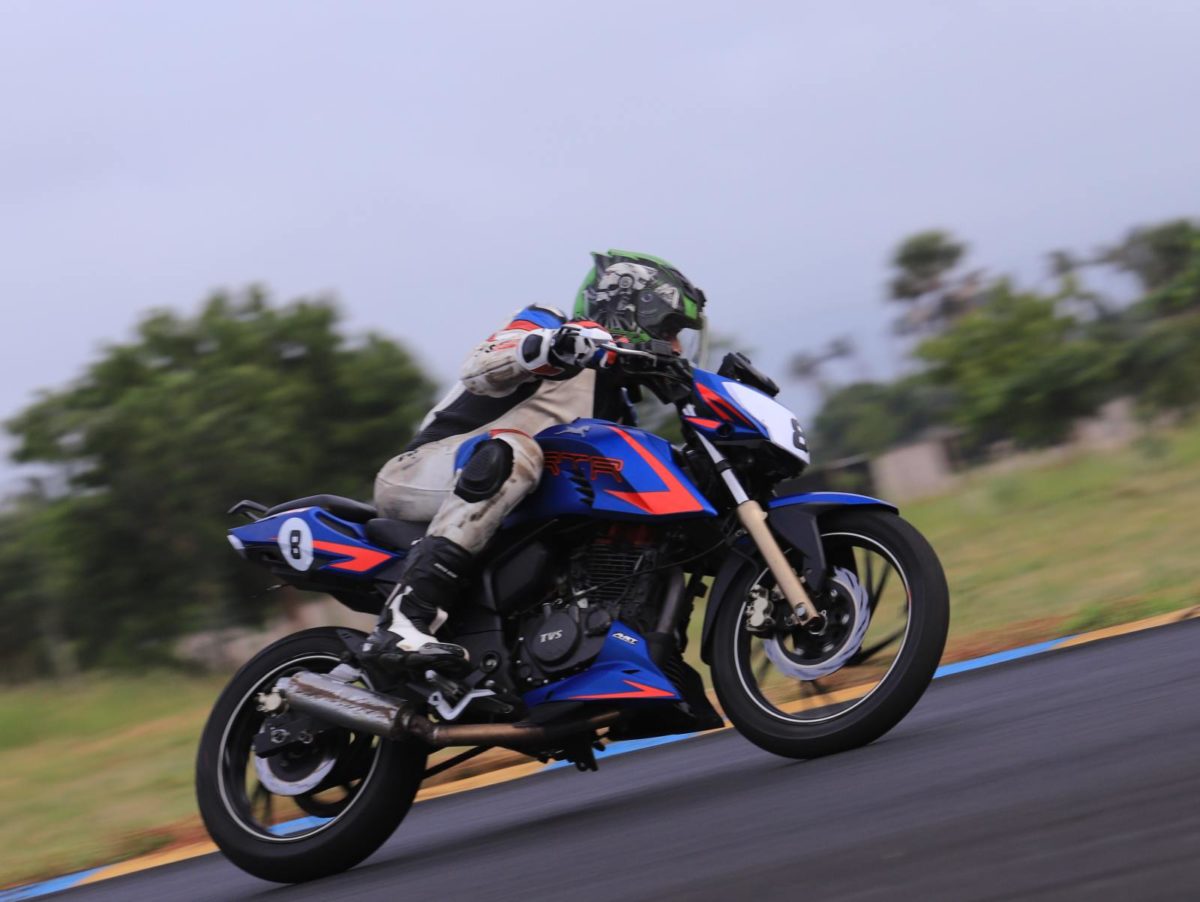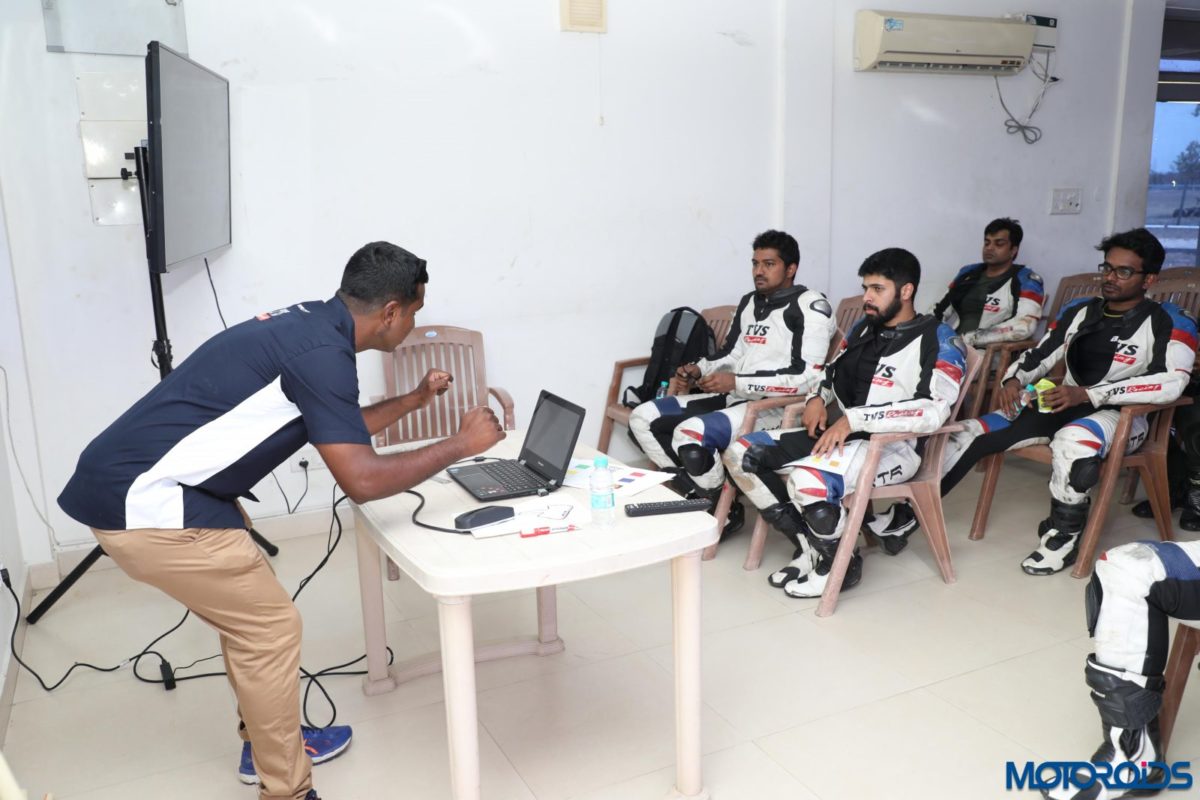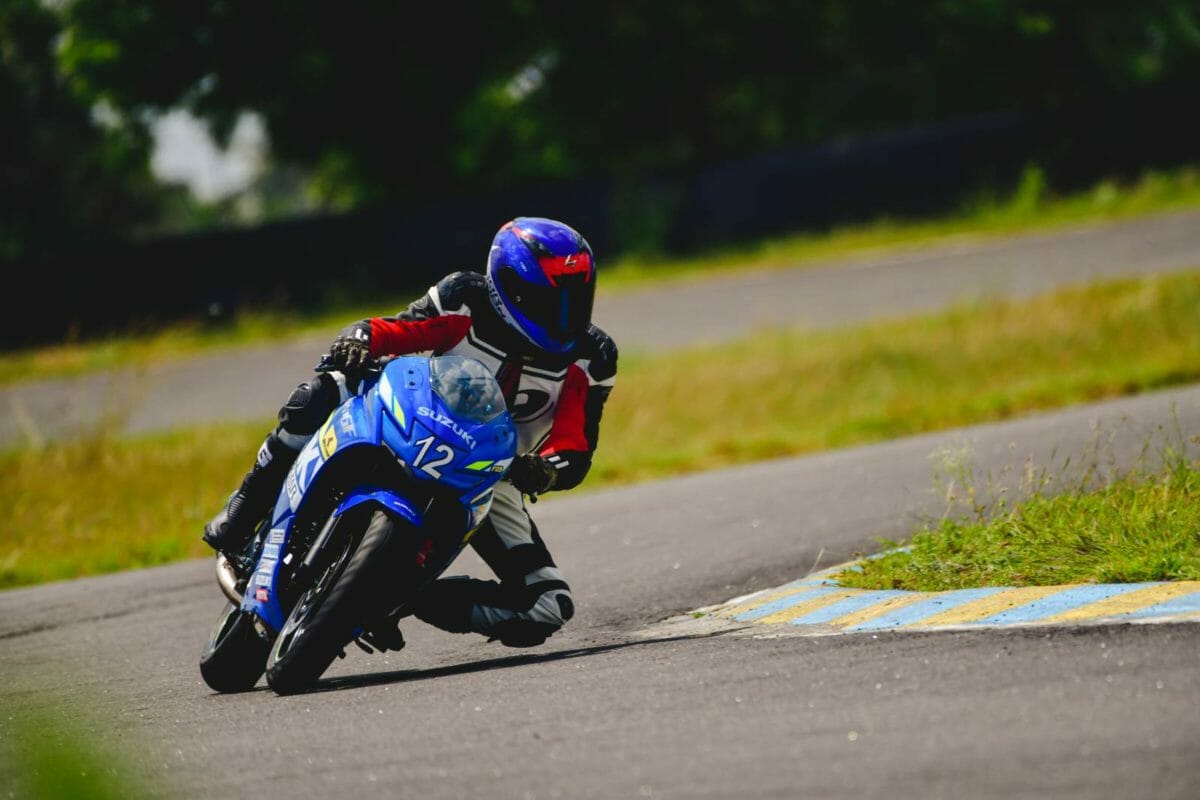If you’ve gone through Part 1, by now you know what we learnt about readying yourself to be able to ride a motorcycle on a track. In the second part, we’ll share what we learnt from our own experience and from expert racers about positioning your body correctly, where to look and what to focus on while riding a motorcycle fast on a race track.
The Right Motorcycle
Although you can take any two-wheeled machine to the track as long as they let you, it is important to find your own comfort level with the machine. Some of us are able to adapt to any kind of a motorcycle, be it a streetfighter or a fully-faired type. On the other hand, some find themselves feeling more confident astride a specific type. Your physical structure also plays an important role, where the ergonomics of the motorcycle must make you feel comfortable so that you can be confident about the machine underneath and focus on the riding. It’s okay to begin with what’s available. Once you figure out the basics and develop faith in your abilities after spending enough time, you will automatically know what’s the right kind of motorcycle you need.
Body And Foot Position
Once in the saddle, in order to cheat air, your body is in a crouched position at all times, unless you have shifted weight to enter a corner or have stood up to brake. Once in motion, a motorcycle is steered using your body mass and the most important thing to remember is to grab the controls gently. As they say, your hands on the bars must be like you are holding newborn chicklets.
Keep a three-finger wide space between your crotch and the tank because when you brake hard to shed speed for an approaching corner, your bottom will slide forward, your torso will come out of the crouched position, and a lot of weight will be transferred to your forearms. When you crouch, ensure your elbows aren’t flared, your inner thighs are clenching the motorcycle and you aren’t sacrificing what you must be looking at by ducking more than your athleticism allows, in order to cheat more air.
The balls of your feet are the part which must rest on the pegs at all times unless you are shifting gears or using the rear brake. This allows more clearance for the inner peg and for you to carry a higher lean angle during a corner. Goes without saying, if a part of your foot dangles in front of the peg and comes into contact with the tarmac, it will result in an injury. Some would tell you that it’s okay to rest the longitudinal arch of your foot on the outer peg as it allows the stronger part to remain in contact since the outer leg acts as an anchor when you are leaned over. But if you do that, you would notice that your foot points away from the motorcycle during a corner, also making your outer knee lose contact with the tank.
Placing the balls of your feet is the right way to go, as while tackling back-to-back corners, when your body and the bike have to shift weight and direction quickly, there is no unnecessary foot movement involved which can upset the balance of your bike and your rhythm. It also allows your inner thigh to grip the tank firmly, which is important as it is the strongest anchoring point when you are leaned over. On the other hand, when your inner knee comes out, the heel of your foot on the inner peg will naturally move inwards towards the bike. Which is the reason for a heel guard to exist.
Around corners, your thigh grabbing the tank is the one doing all the hard work to pull the bike in. Like we mentioned, the idea is to grab the bars as gently as possible. While cornering, push the inner bar to make the principle of countersteering work in your favour. Ensure your head is turned in the direction where you need to go and the torso is facing that direction too. For example, if you are turning left while following all the above but you twist the left hip for your upper body to face the bike instead of the corner, you will be in an odd position and working against the rest of your body and the bike’s balance.
Vision And Focus
“You go where you look.” Remember these golden words which are also true when you ride on everyday roads. Now, it might seem simple to do that but to achieve it, you need to be focussed on your trajectory. Do not allow any track-side activity to distract you or any other thought creep into your mind while you are riding. Stay absolutely focussed. Look far, look ahead, and make a mental note of where you wish to position your bike before you get there. It is also important to consider the fact that when you push the motorcycle and your own boundaries, the chances of hitting dirt will always be high. But if you let that fear take over, you will always allow caution to take over everything else. In the end, it is a decision you have to make.
Time Over Style
Do not think about dragging your knee at the very first outing or try doing it forcibly around every corner. It will happen naturally when you are doing the right thing. Learn the track layout and then the fastest way around it, build your confidence in your abilities and in the motorcycle, and then up the pace gradually.
These are mere basics and an account of our learning. All these topics are vastly expanded once you ride on the track, find guidance from a good trainer and learn from your own experience. Riding a motorcycle on the track is an experience you will keep wanting to go back to and something you will cherish all your life. In the next instalment, we’ll tell you more about throttle and brake control, following the correct lines and some more techniques which help you go faster.

